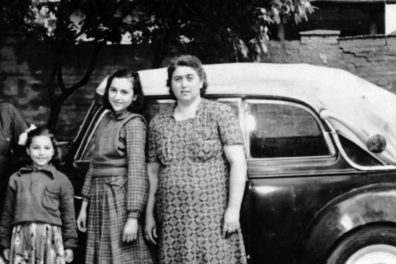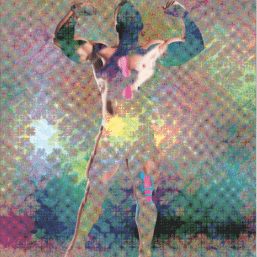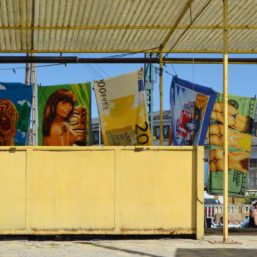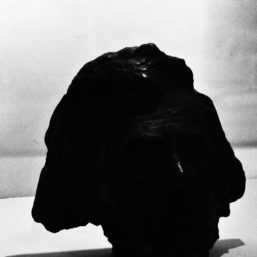Young Poland. Afterimages of History
13.10-20.11.2016
The collective exhibition is the voice of the artists who consciously represent, analyze and critically interpret Polish reality. This exhibition is an attempt to analyze and address the issues interesting to the young generation, which must come to grips with the history and changes, and find its place in the collective identity of the country, as well as the world. Along with the development of capitalism, the feeling of permanent insecurity also grows. Thanks to the deflection towards history and the absence of complexes characteristic of the Poles in the post-communist period, the young generation revises the past and tries to re-introduce itself to the history and actively participate in the construction of identity. In doing so, it encounters the problems faced by young people throughout the world, which are the result of globalization, commercialization and the crisis of the system of values.
The curators think that the interpretation of reality we inhabit in the current moment demands historical thinking and understanding of the passing present as the past. It requires us to be sensitive to that dimension of reality so that the personal experience of history, which is happening now, could become a permanent platform of relations towards the past and towards the future. The history entails oscillatory cultural movements that cause a hereditary mass of impressions, while the historical symbols are often more attractive as objects of popular culture than as elements of tradition and historical facts. The tradition of thinking about history teaches us to feel the time we live in as “special”, as a rule. Insight into the present becomes possible thanks to the short-term images of reality that last for a while and stay in our minds, although they already belong to history.
Cultural and historical context
Twenty-seven years after the fall of the “Iron Curtain”, the Poles still ask themselves about their own identity. Only after 1989, for the first time in fifty years, it was possible to talk about Poland publicly and without censorship. Even today, the question remains the same – what is Poland and who are the Poles?
1990s and the beginning of the 21st century were characterized by the attempt to re-process the years of communism and war trauma. In the last ten years, there is a noticeable turn towards new themes, which have not existed, so to speak, in the public discourse until now. Numerous books, films, the opening of the Museum of Polish Jews POLIN, sparked a lively discussion about the relationship of Poles toward Jews and Jewish heritage in Poland. Polish multiculturalism, almost completely destroyed during the Second World War and the era of the communist Polish People’s Republic, is slowly beginning to attract attention. There is also a growing awareness of the fact that Poland was not a homogeneous country, but a place inhabited by different nations and religions. In the 21st century, the Polish society was faced with the task of settling the score with history, heritage and the myth of the Second Polish Republic (1918–1945). Significant changes also occured in relationship with the church and faith. One part of citizens is deeply upset about the growing secularization, while others see it as a chance to build a society based on true democratic principles.
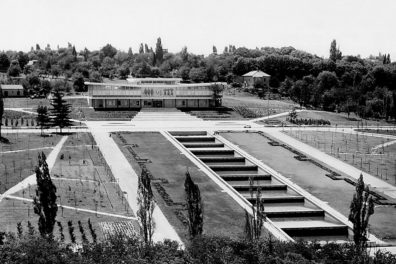
The Origins: The Background for Understanding the Museum of Yugoslavia
Creation of a European type of museum was affected by a number of practices and concepts of collecting, storing and usage of items.
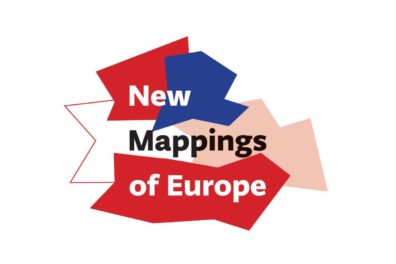
New Mappings of Europe
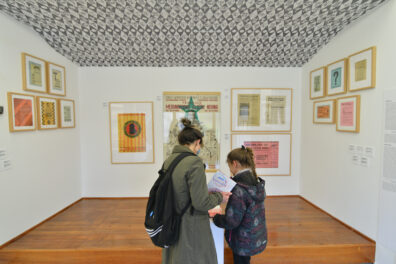
Museum Laboratory
Starting from the Museum collection as the main source for researching social phenomena and historical moments important for understanding the experience of life in Yugoslavia, the exhibition examines the Yugoslav heritage and the institution of the Museum
